Seldom have the words born into greatness rung as true as they did with Galileo
James Thomas charts the rise of the dominant stallion of the era
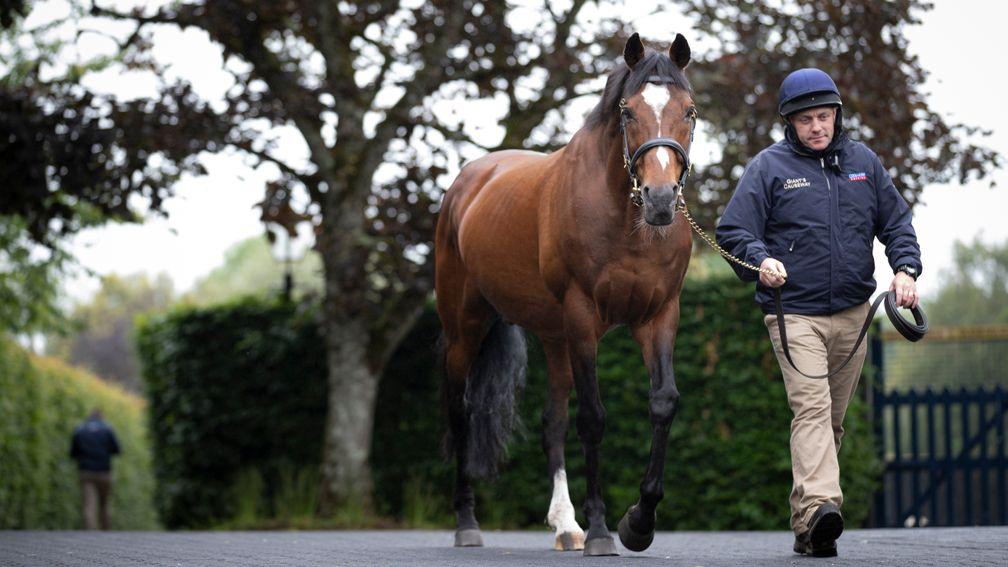
The death of Galileo at 23 has cast a long shadow over the racing and breeding world, with his passing bringing an end to a stud career characterised by supreme dominance.
Many believed they would never see a stallion exert the kind of influence that his sire Sadler's Wells did during his own epoch-defining reign, but it could reasonably be argued that his most potent son will be remembered as having an even more profound effect on the breed.
Galileo has set records unlikely to be broken, chiefly his 92 Group/Grade 1 winners. That tally makes him the most prolific sire of elite-level scorers in history, and there is the distinct possibility that we will see more of his sons and daughters claim top-level prizes yet.
He has also sired more Derby winners than any other stallion, with his five sons who struck at Epsom - New Approach (2008), Ruler Of The World (2013), Australia (2014), Anthony Van Dyck (2019) and Serpentine (2020) - taking him past the previous joint record-holders Sir Peter Teazle, Waxy, Cyllene, Blandford and Montjeu, who each sired four winners of the Turf's blue riband event.
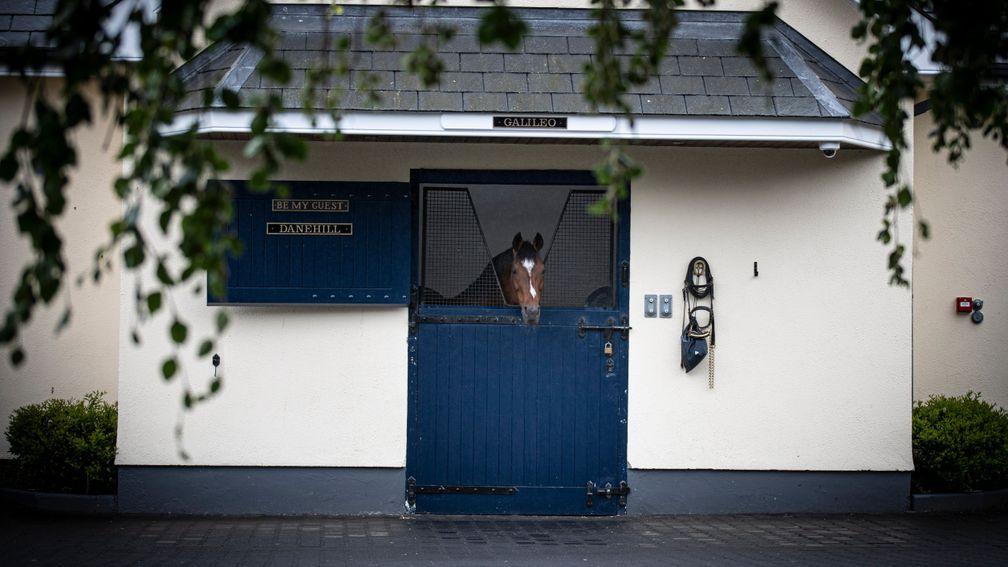
Born into greatness
Although he has reached hitherto unscaled heights at stud, so many of the foundations required for such a career were there from the moment he was conceived.
Seldom have the words born into greatness rung as true as they did with Galileo, who was bred in partnership by David Tsui and the Coolmore entity Orpendale when Urban Sea, winner of the 1993 Prix de l'Arc de Triomphe, visited Sadler's Wells in 1997, his 13th season on covering duty.
The bay with a narrow white blaze down his face arrived on March 30 the following year.
Galileo's first public appearance came in late October 2000 when sent off the evens favourite for a mile maiden at Leopardstown on his only juvenile outing. He had been somewhat uneasy in the market but gave the first indication that he may be capable of living up to his illustrious pedigree with a 14 length victory.
Two more successes followed once his three-year-old season got under way. He dismissed subsequent St Leger winner Milan by a bloodless three and a half lengths in the Ballysax Stakes before he accounted for his four rivals in slightly more workmanlike manner in the Group 3 Derrinstown Stud Derby Trial Stakes.
His impeccable lineage looked almost tailor-made for the Derby, and he was duly sent off the 11-4 joint favourite for the race alongside 2,000 Guineas hero Golan.
Having travelled with notable elan in behind the leaders, Mick Kinane asked Galileo to stretch as they flashed past the three-furlong marker. In a matter of strides he put daylight between himself and the pack.
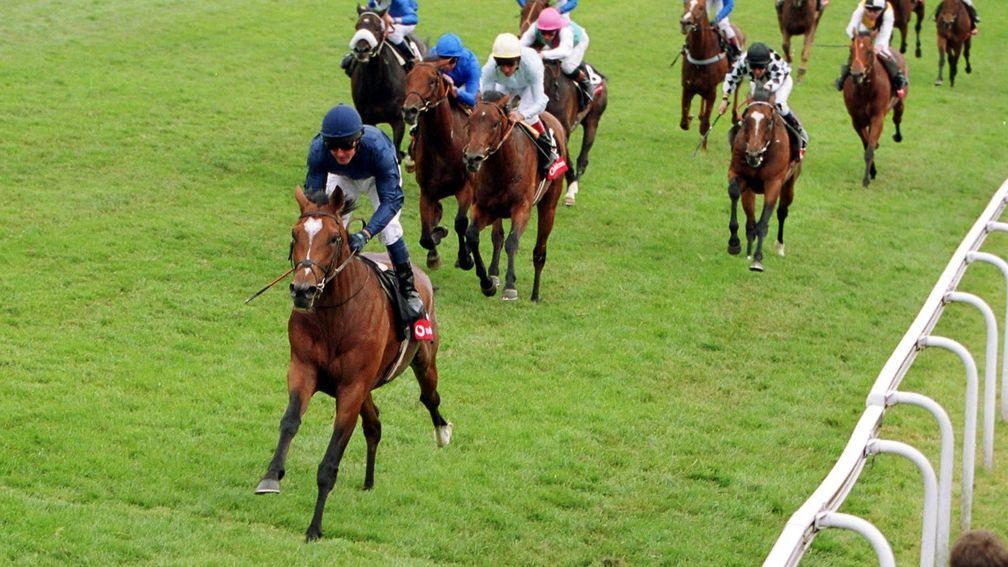
The official winning margin was three and half lengths back to Golan, although it could have been greater had his rider wished. He didn't need to improve to follow up in the Irish equivalent, but won so easily that he looked to have maintained his upward trajectory.
Next up came two titanic duels with the Godolphin colour bearer Fantastic Light. Galileo emerged victorious from the first encounter when a career-best effort saw him deny his rival by two lengths in the King George VI and Queen Elizabeth Diamond Stakes. However, when the pair dropped back to ten furlongs for the Irish Champion Stakes, it was Fantastic Light who prevailed by a head at the end of a stirring battle up the Leopardstown home straight.
An ambitious tilt at the Breeders' Cup Classic had been identified as Galileo's long-term target after his Epsom triumph. However, at the end of a hard season the switch to dirt proved a bridge too far as he signed off from his racing days with a sixth-placed finish behind Tiznow.
The beginnings of a dynasty
He stood his first season on the Coolmore stallion roster in 2002, when he covered an initial book of 156 mares at a fee of Ir£50,000. He made a respectable start with his debut two-year-old crop in 2005, albeit his ten British and Irish winners gave little indication of the scale of achievement that would soon follow.
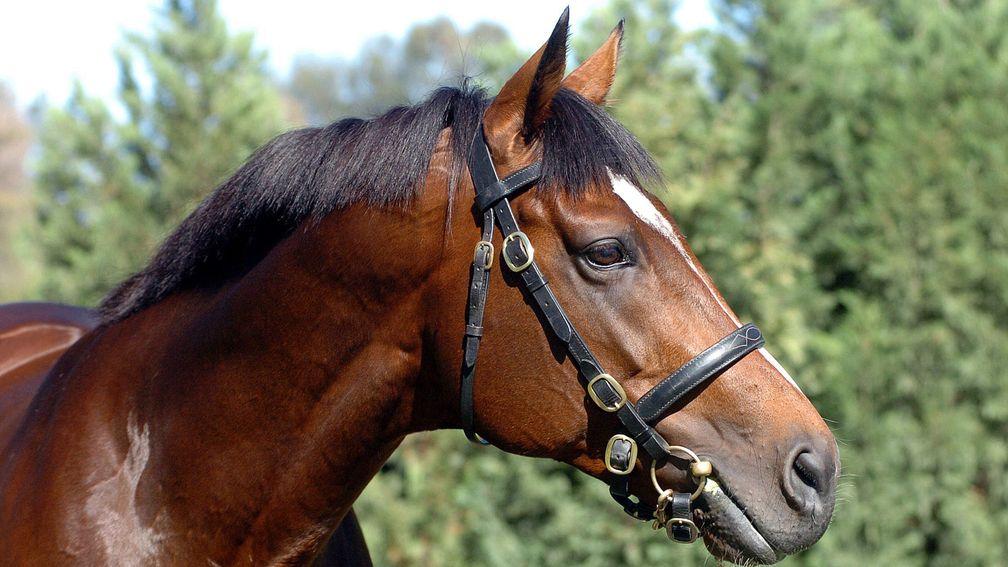
His breakthrough Group 1 winner arrived when Marguerite Weld's homebred Nightime landed the following year's Irish 1,000 Guineas. That Classic victory signalled the opening of the floodgates, as later that season other first-crop representatives Sixties Icon and Red Rocks landed top-level prizes, namely the St Leger and Breeders' Cup Turf respectively.
That same year, his second-crop son Teofilo also swept the National and Dewhurst Stakes during an outstanding unbeaten juvenile campaign.
Those results saw Galileo's fee surge from a low of €37,500 to €150,000 in 2007, affording him access to a greater calibre of mare. The breeders who piled into him would have had little cause for concern as more high-class talents soon emerged, including Irish Derby hero Soldier Of Fortune and New Approach, who followed in Teofilo's footprints by annexing the National and Dewhurst Stakes.
By the close of 2008, New Approach had supplied Galileo with the first of his five Derby winners, and also landed the Anglo-Irish Champion Stakes for good measure, while Soldier Of Fortune added the Coronation Cup to his CV and Lush Lashes struck in the Coronation Stakes, the Yorkshire Oaks and the Matron Stakes.
Those headline results helped propel Galileo to the first of his 12 champion sire crowns as he saw off the attention of names such as Danehill Dancer, Montjeu, Pivotal and his own sire, Sadler's Wells.
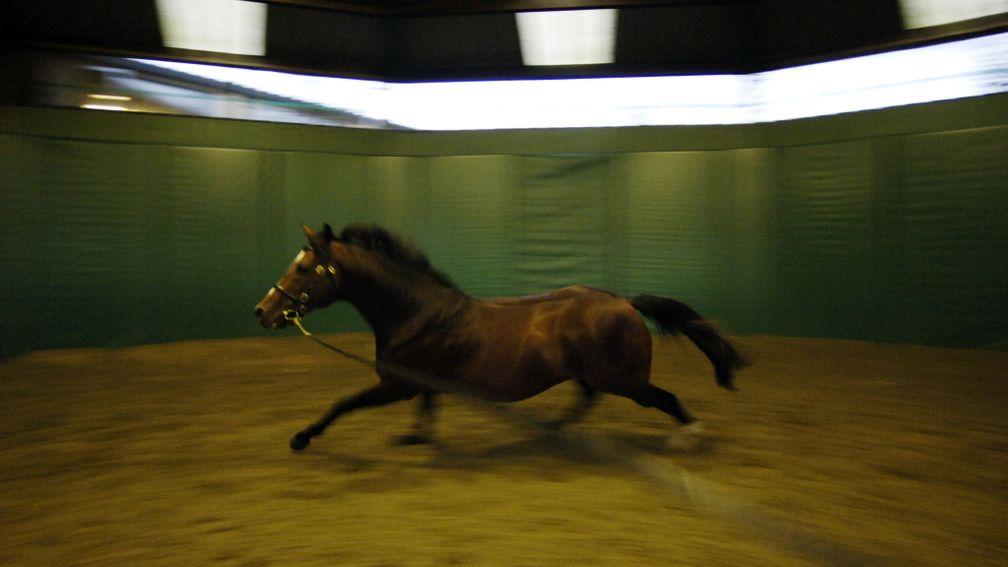
He briefly relinquished the title in 2009 but was again crowned champion sire in Britain and Ireland in 2010, thanks in no small part to Juddmonte International hero Rip Van Winkle and his third Dewhurst Stakes winner, none other than Frankel.
The Juddmonte homebred, who was conceived in 2007 in the afterglow of Galileo's breakthrough year, remained unbeaten during a 14-race career that spanned three seasons and featured ten Group 1 victories, including a jaw-dropping display in the 2,000 Guineas and wide-margin wins in the Queen Anne Stakes and Juddmonte International.
Frankel was allotted a Racing Post Rating of 143 for the latter two performances, fully 11lb more than the career-high mark achieved by Galileo when he defeated Fantastic Light in the King George VI and Queen Elizabeth Diamond Stakes. Frankel will not only be remembered as Galileo's best performer but arguably the best racehorse many of us will ever see.
Although Frankel may have been head and shoulders above the rest, that should not detract from the relentless stream of top-class runners that Galileo sired in his wake.
Ruler Of The World and Australia gave him two more Derby winners in 2013 and 2014, Gleneagles became his second 2,000 Guineas scorer in 2015, and in 2016 Found led home a Galileo-sired 1-2-3 in the Prix de l'Arc de Triomphe, having been chased home by Highland Reel and Order Of St George.
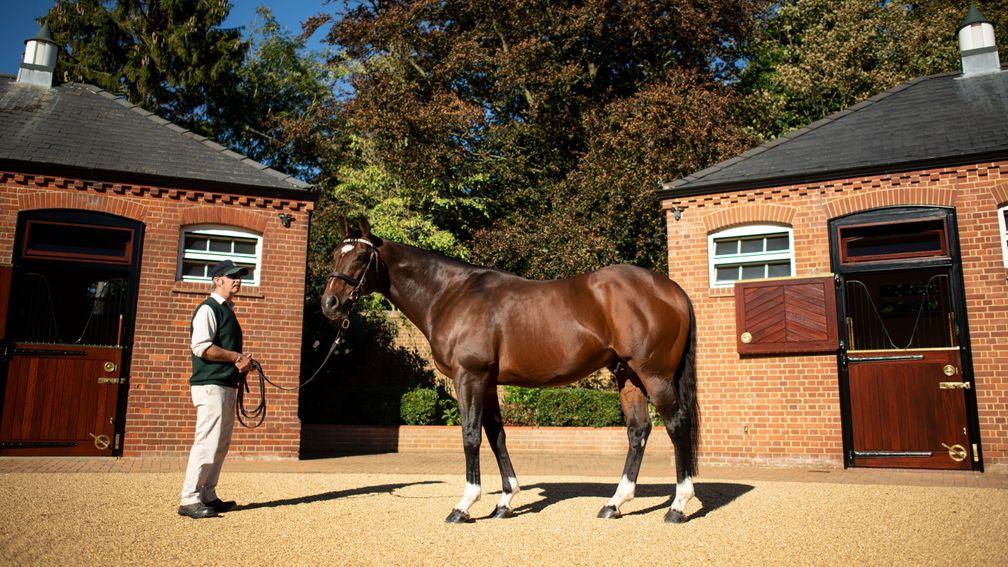
On September 16, 2018 Galileo supplied his 73rd Group/Grade 1 winner when Flag Of Honour made all to land the Irish St Leger, a figure that equalled Sadler's Wells' lifetime tally of elite scorers.
Although historic comparisons between stallions are rarely infallible, on account of relative book sizes in particular, the bare facts tell us that 21 years passed between Sadler's Wells' first crop of racing age and his 73rd Group/Grade 1 winner, which came courtesy of Ask's Coronation Cup in 2009. It took Galileo just 13 years to reach the same tally.
One month later he moved beyond Sadler's Wells' total when Magical landed the first of her seven Group 1s in the British Champions Fillies & Mares Stakes. From then on, with so many blue-blooded crops still in the pipeline, it seemed inevitable that Galileo would overtake his former breed-shaping studmate Danehill as the most prolific sire of Group/Grade 1 winners of all time.
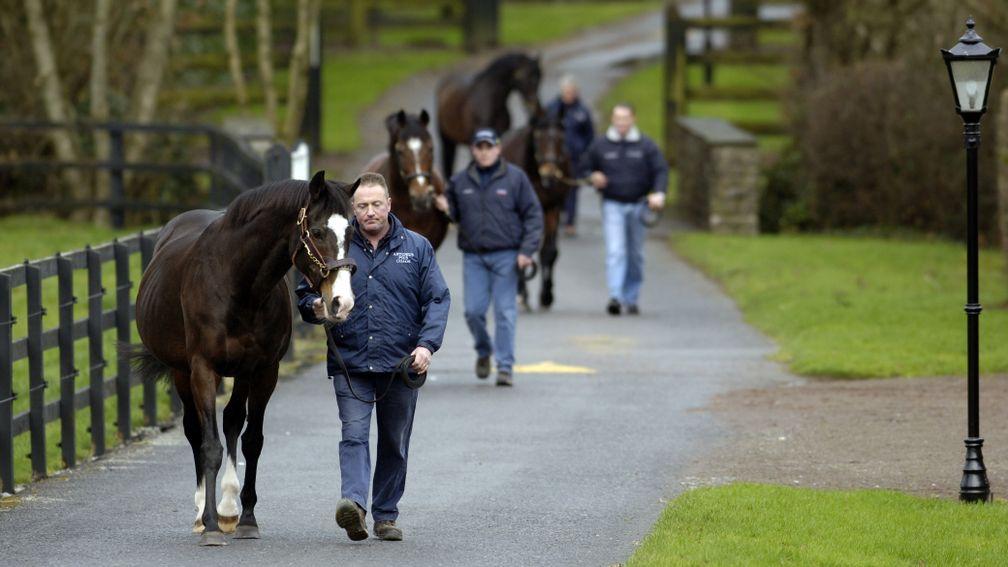
Major prizes continued to go the way of Galileo's runners and on November 9, 2019, Magic Wand landed the Group 1 Mackinnon Stakes at Flemington to draw her sire level with Danehill on 84 elite winners. Seven months later Galileo claimed the record outright when Peaceful landed the Irish 1,000 Guineas.
By that point Anthony Van Dyck had already become Galileo's fourth Derby winner, and he was joined on the Epsom roll of honour 12 months later when another son, Serpentine, made virtually all to spring a 25-1 shock.
The next generation
For all the achievements Galileo's sons and daughters have recorded, and may still record, on the racecourse, it is their exploits in the breeding ranks that will ensure their sire's name endures throughout future generations.
He has already sired no fewer than 20 stallion sons who have bred a Group/Grade 1 winner of their own, including the likes of Frankel - sire of names such as Adayar, Cracksman and Snow Lantern - and Nathaniel, who is responsible for another genuine great in Enable, as well as Australia and Teofilo.
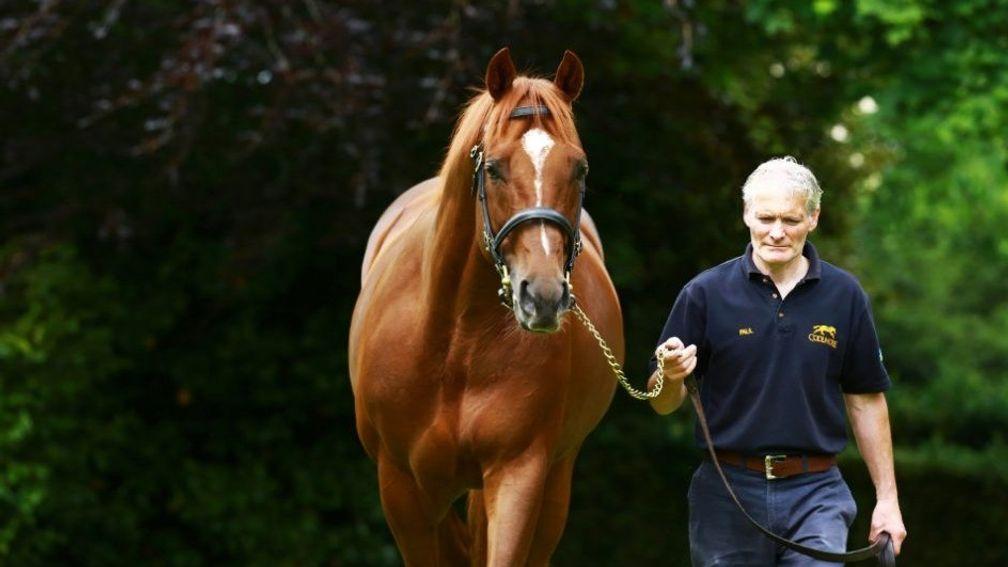
In fact, plenty of his sire sons now have sire sons of their own. In an illustration of how quickly the Galileo dynasty has taken root, it is worth considering Havana Grey, who is by Teofilo's son Havana Gold. The Whitsbury Manor Stud resident already has yearlings on the ground whose pedigrees feature Galileo back in the fourth generation.
With so many sire sons around, from the well-established to the up-and-coming, is it inconceivable that the Galileo line will not have a major bearing on the racing and breeding worlds in the coming years.
Unsurprisingly given the volume of blue-chip mares he covered, Galileo has made a sizeable impact as a broodmare sire too. He was crowned champion broodmare sire of Europe in 2019 and 2020, a rare feat for a stallion still on active covering duty, while he is the damsire of 34 Group/Grade 1 winners globally.
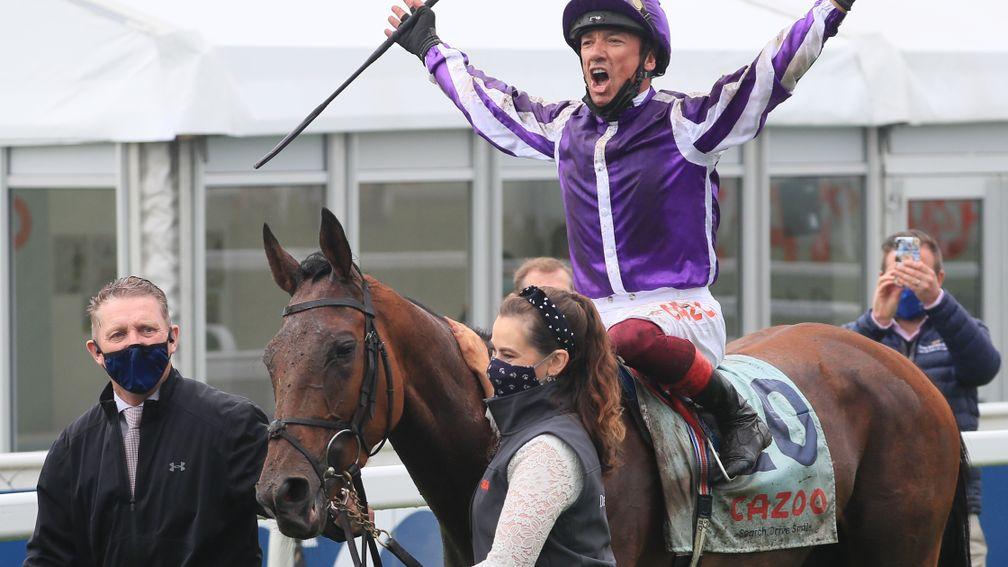
These include significant names such as the world's highest-rated horse in 2020, Ghaiyyath, the 2,000 Guineas winners Night Of Thunder, Galileo Gold, Saxon Warrior and Magna Grecia, the champion siblings Sistercharlie and Sottsass, as well as the Australian star The Autumn Sun.
Galileo has not only been the dominant force of his time, he has virtually redefined what seems possible for a single stallion to achieve. When future generations reflect on this period in thoroughbred history, it will be impossible not to conclude that Galileo was the undisputed king.
The king is dead, long live the king.
Read more on Galileo the great:
'Galileo was the start of it as he was our first Derby winner out of Ballydoyle'
Meet the Coolmore stallion man who led Sadler's Wells and Galileo to greatness
Why it's Galileo's world in 2021 and we're all just living in it
Published on 10 July 2021inNews
Last updated 23:20, 10 July 2021
- ‘It’s been constant pressure for the last six months’ - up-and-coming consignors out to make dreams come true at the Doncaster Breeze-Up Sale
- Three new board members for the National Stud
- Hide The Evidence a first winner for Sands Of Mali with victory at Bordeaux Le Bouscat
- Showcasing filly from a deep Moyglare family set for Gowran Park debut on Tuesday
- Little Big Bear's brother and close relation to Unquestionable face off in Curragh maiden on Sunday
- ‘It’s been constant pressure for the last six months’ - up-and-coming consignors out to make dreams come true at the Doncaster Breeze-Up Sale
- Three new board members for the National Stud
- Hide The Evidence a first winner for Sands Of Mali with victory at Bordeaux Le Bouscat
- Showcasing filly from a deep Moyglare family set for Gowran Park debut on Tuesday
- Little Big Bear's brother and close relation to Unquestionable face off in Curragh maiden on Sunday